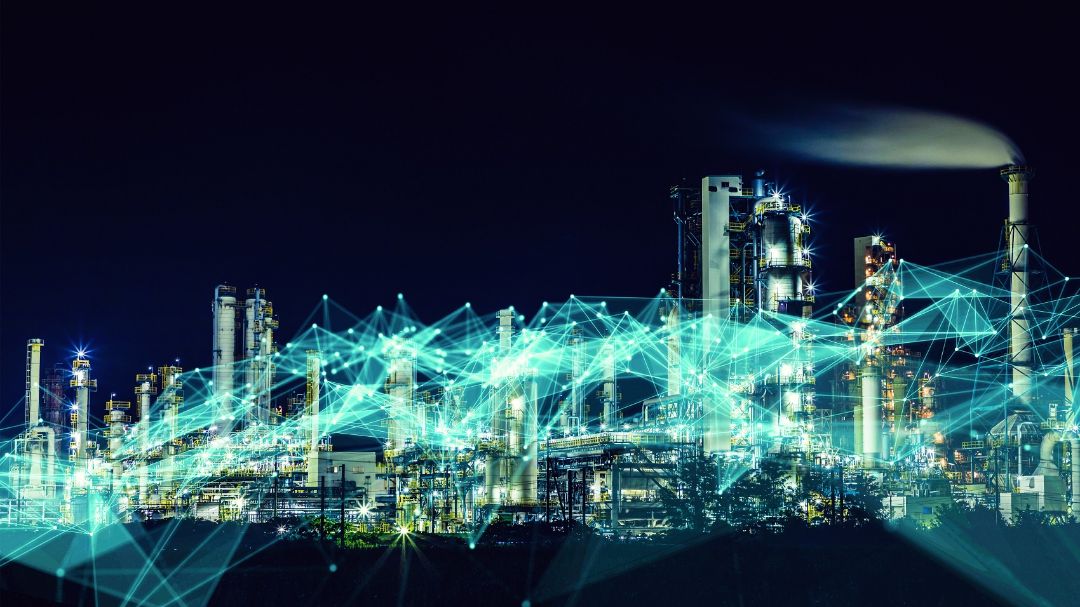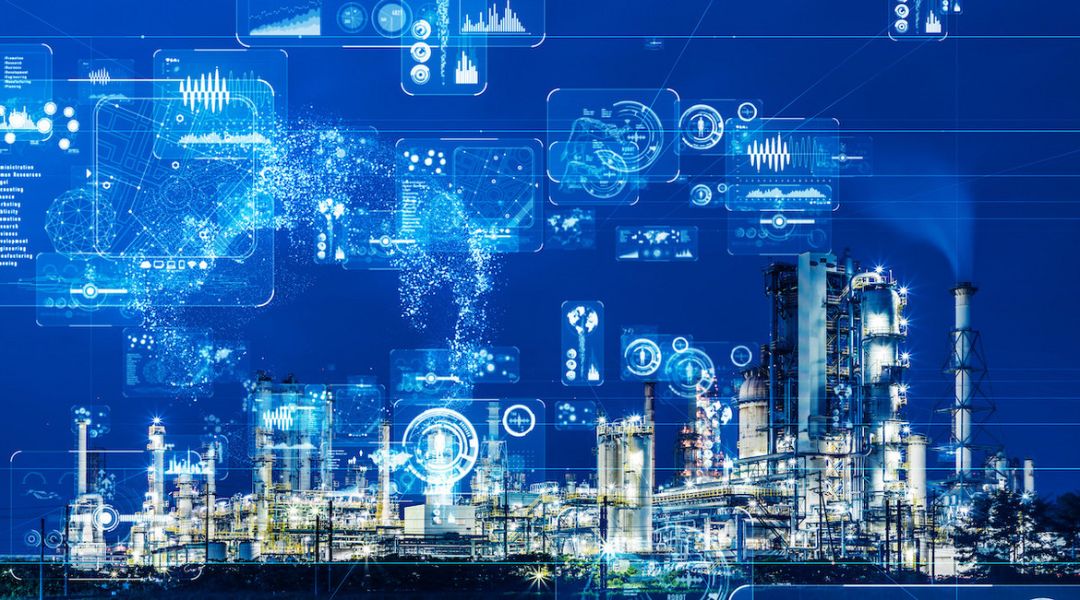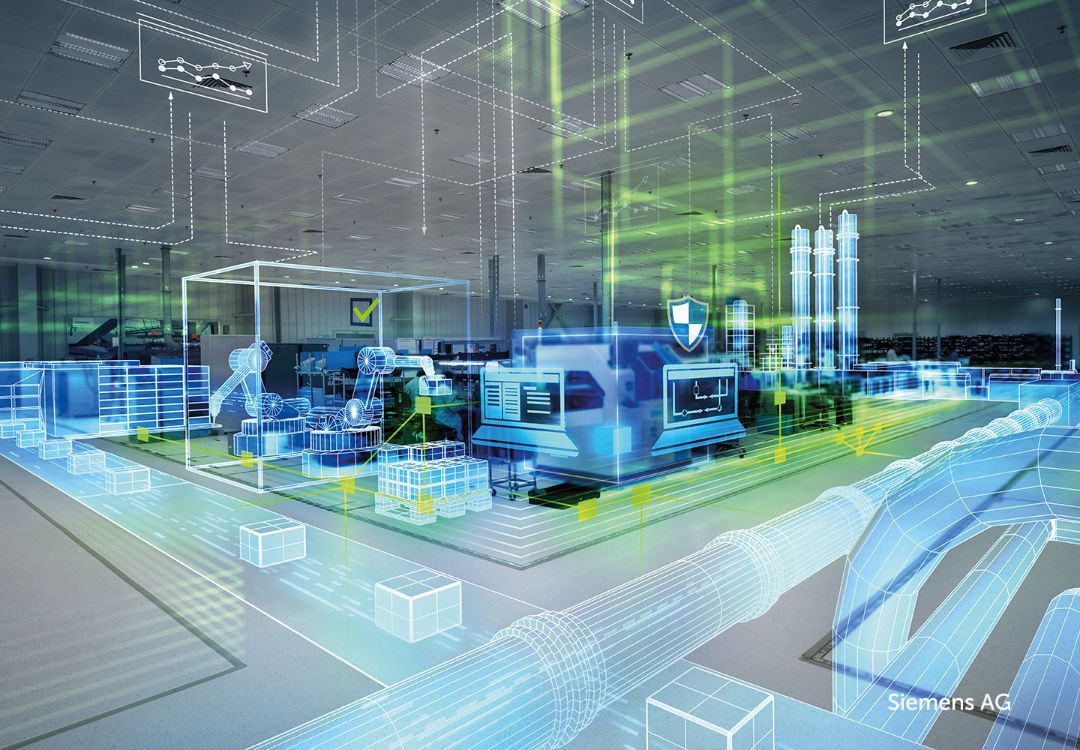CPS
Cyber-Physical System



What are Cyberphysical systems?
CYBERPHYSICAL SYSTEMS (ENG. CYBER-PHYSICAL SYSTEMS, OR CPS)
Cyberphysical systems are a rather complex concept. To date, they have not received an unambiguous and generally accepted definition, as these systems are at the intersection of several spheres and, depending on the implementation. Their main common characteristic is a very dense interaction between computational processes and physical processes, so we can say that the cyberphysical system is a complex system of computational and physical elements that constantly receives data from the environment and uses them for further optimization of control processes. The main principle of cyberphysical systems can be called a deep relationship between their physical and computational elements. The" brain " of the system in the form of AI and other technologies receives data from sensors in the real world, analyzes this data and uses it for further control of physical elements. Thanks to this interaction, the cyberphysical system is able to work effectively in changing conditions, as an analogue of the human body or a modern company that analyzes the situation in the market to develop exactly the product that it needs now. Moreover, the cycle "management - data acquisition-data processing-management" with the established operation of the system each time should give positive results and create new value.
THE TECHNOLOGY OF CYBER-PHYSICAL SYSTEMS
Cyberphysical system-is a complex distributed system controlled or controlled by computer algorithms, closely integrated with the Internet and its users. Its technological basis was the Internet of things (IOT) technology. In CPS systems, the physical and software components are closely interrelated. Each component works on different spatial and temporal scales, exhibits many different behavioral modalities, and interacts with each other in many ways that vary depending on the context. The increasing complexity of management tasks causes the use of fundamentally new methods and control systems. Cyberphysical systems carry out computational procedures in their distributed structure, they include "smart nodes" and make it possible to reconfigure the flows in the network depending on the conditions. Thus, cyberphysical systems are distributed systems with the ability to intelligently process and reconfigure flows through intelligent management. CPS applies transdisciplinary approaches, combining the theory of Cybernetics, mechatronics, engineering and process science. Process control is often referred to as embedded systems. In these systems, the emphasis is more often on computational elements and less on the intensive communication between computational and physical elements. CPS is similar to the Internet of things technology, using the same basic architecture. However, CPS represents a higher combination and coordination between physical and computational elements. From the system standpoint, CPS is a distributed subsidiary system. This system has many levels, but at each level of scale and complexity there are new properties, irreducible to the properties of simple levels. Unlike traditional embedded systems, full-featured CPS are designed as a network of interacting elements with physical input and output, rather than as stand-alone devices. The concept of CPS is closely related to the concepts of robotics and sensor networks with intelligent mechanisms of computational intelligence proper leading the way. Constant progress in science and technology allows to create a connection between computational and physical elements using intelligent mechanisms, significantly increasing the adaptability, autonomy, efficiency, functionality, reliability, security and usability of cyberphysical systems.
SOME EXAMPLES OF PRACTICAL APPLICATION OF CYBERPHYSICAL SYSTEMS
IN A PRODUCTION ENVIRONMENT
Cyberphysical systems can improve production processes by providing real-time information exchange between industrial equipment, production supply chain, suppliers, business management systems and customers. In addition, cyberphysical systems can improve the efficiency of these processes by automatically monitoring and controlling the entire production process and adapting production to meet customer preferences. Cyberphysical systems increase the transparency and manageability of supply chains, improving traceability and security of goods.
IN HEALTH
Cyberphysical systems are used to remotely monitor patients ' physical performance in real time to reduce hospitalization needs (for example, patients with Alzheimer's disease) or to improve care for the disabled and elderly. In addition, cyberphysical systems are used in neurobiological research to study human body functions using interfaces between the brain and equipment and therapeutic robotics. I
N RENEWABLE ENERGY
Smart grids are cyber-physical systems in which sensors and other devices provide network monitoring for control, reliability, and energy efficiency purposes. In smart buildings: the combined operation of smart devices and cyber-physical systems can reduce energy consumption, increase safety and security, and create more comfortable conditions for residents. For example, cyberphysical systems can support the monitoring of energy consumption and the use of regulatory systems to implement the concept of a zero-energy house. They can also be used to determine the extent of damage to buildings as a result of unforeseen events and to prevent structural failure.
ON TRANSPORT
Vehicles and infrastructure can interact by exchanging real-time information about traffic, location and problems, preventing traffic incidents and traffic jams, improving safety and ultimately saving time and money.
IN AGRICULTURE
Cyberphysical systems can be used to create more modern and efficient agriculture. They can collect important climate, soil and other data to better manage agricultural activities. Sensors of cyberphysical systems can continuously monitor various indicators, such as soil irrigation, air humidity and plant health, to maintain optimal environmental conditions.
IN COMPUTING ENVIRONMENTS
Cyberphysical systems provide a better understanding of the behavior of systems and users to improve performance and manage resources more efficiently. For example, you can optimize applications based on context and user actions, or monitor the availability of resources. In addition, popular social networks and e-Commerce sites store information about user activity and requested content, analyze this information to predict what users might be interested in, and offer recommendations about friends, posts, links, pages, events, or products
THE FOURTH INDUSTRIAL REVOLUTION
The concept of Industry 4.0, characterized by the introduction of" cyberphysical systems " in factory processes. The fourth industrial revolution is not only about smart and interconnected machines and systems. Its range of action is much wider. At the same time, there are waves of further breakthroughs in a variety of areas: from decoding information recorded in human genes to nanotechnology, from renewable energy to quantum computing. It is the synthesis of these technologies and their interaction in the physical, digital and biological domains that make up the fundamental difference between the fourth industrial revolution and all previous revolutions. The classical definition of cyberphysical production systems is human labor, "smart" machines and transport integrated in a single digital space through networks, "smart" devices, sensor systems, analytical platforms and cloud computing. The key differences between cyberphysical production systems and traditional production systems are decentralization, high resilience, absolute flexibility, and the ability to continuously and infinitely self-optimize. A mandatory feature of cyberphysical production systems is the presence of Autonomous "smart" devices, machines and smart transport, a distributed system of intelligent sensors connected to each other with cloud computing and Analytics platforms. In the new production reality, cyberphysical systems will help people cope with the increasing complexity of the production tasks facing them. The basic principles of the concept of Industry 4.0: human-machine interoperability the ability to communicate directly via the Internet; transparency of information and the ability of systems to create a virtual copy of the physical world; technical assistance of machines to a person combining large amounts of data and perform a number of unsafe tasks for a person; the ability of systems to independently and autonomously make decisions.
OPEN INNOVATION
In recent years, cyberphysical systems have received a great impetus to the development, which is associated with the growth of the number of "smart" devices and sensor networks and their integration into larger systems, such as the Internet of things. Cyberphysical systems, the driving force behind innovation, span many different disciplines. Cooperation between different industries can make them an important productive force. In addition, cyberphysical systems require highly qualified personnel, so cooperation and interaction are necessary. It is extremely important not to fall into the trap of wanting to achieve everything on your own. The transition to open innovation is very important for the future of these systems. That is why the company is actively engaged in investments in modern technologies related to cyber-physical systems, and cooperates with other organizations. Cyberphysical systems is such an extensive and promising topic that only through joint efforts various companies, research institutes and organizations will be able to develop new technologies and new products, including for solving urgent problems.
TC194-DIRECTION OF WORK OF THE NEW TECHNICAL COMMITTEE ON STANDARDIZATION
Rosstandart's order No. 642 of March 27, 2017 created the Technical Committee for standardization No. 194 "Cyberphysical systems" (TC 194), which is tasked with national standardization in these areas. The technical Committee develops standards for the Internet of things, smart cities, big data, smart manufacturing, and other machine-to-machine (M2M) systems. Russia represented by TC 194, representing the interests of Russian technology companies at the international level, was approved as a co — editor of the draft ISO/IEC 30149 Internet of Things (IoT) - Trustworthiness frameworks.
research, development and implementation of new technologies and standards ©2022 SPE Uranus
